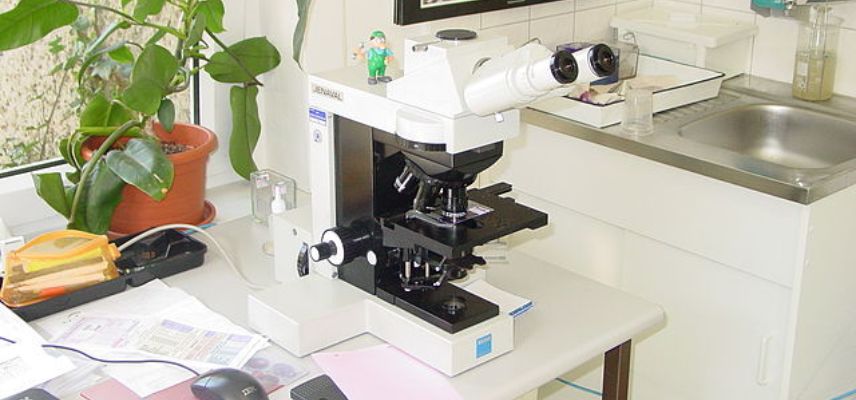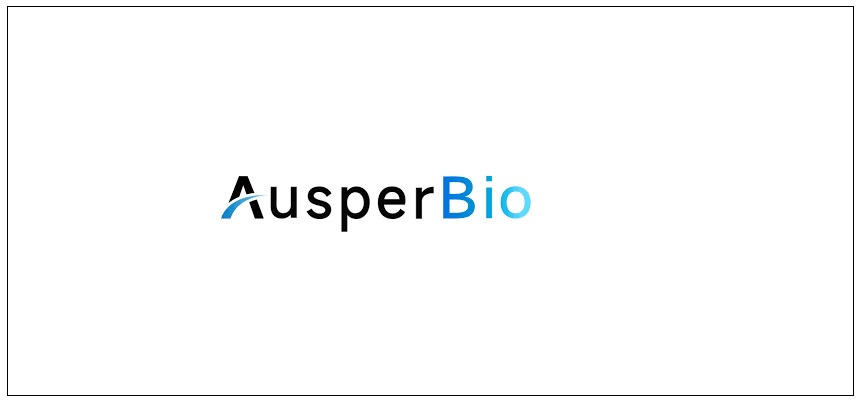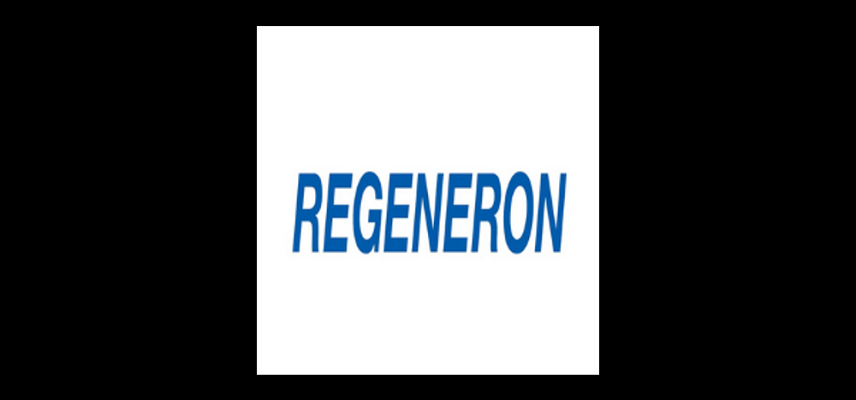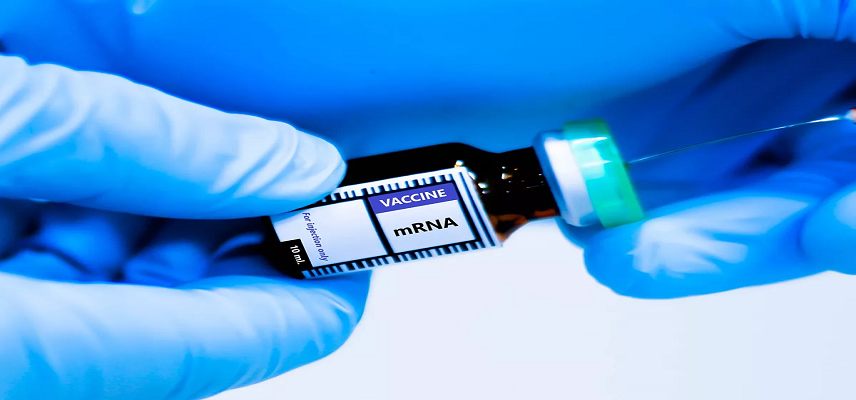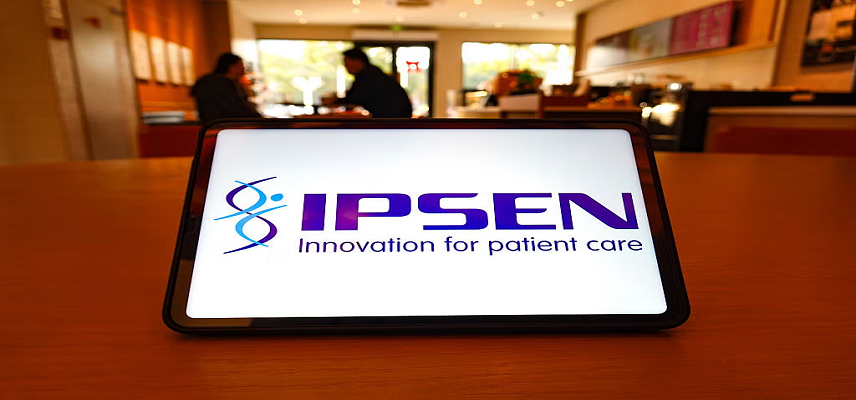Coya Therapeutics announces $5 million strategic investment by the Alzheimer’s Drug Discovery Foundation
Coya Therapeutics announces $5 million strategic investment by the Alzheimer’s Drug Discovery Foundation
Overview
Coya Therapeutics, Inc., a clinical-stage biotechnology company developing biologics intended to enhance regulatory T cell (Treg) function, announces that the Alzheimer’s Drug Discovery Foundation (ADDF) has purchased 603,136 shares of the company’s common stock at a purchase price of $8.29 per share for an aggregate investment of $5 million.
ADDF’s Mission
- The ADDF’s mission is to rapidly accelerate the development of drugs to prevent, treat, and cure Alzheimer’s disease (AD) and related dementias, including FTD.
- • Coya’s lead therapeutic candidate, COYA 302, is being evaluated in multiple neurodegenerative diseases, including FTD, and the Company intends for this equity investment to help fund the development of COYA 302 in a planned phase 2 trial in FTD.
Words from MD: ADDF
- “Inflammation has emerged as a promising novel pathway for chronic neurological diseases like FTD. A combination drug, like COYA 302, is an innovative approach being developed to suppress neuroinflammation by targeting multiple inflammatory pathways,” said Howard Fillit, M.D., co-founder and chief science officer of the ADDF.
- “Combination therapy will be integral to slowing – and eventually halting – cognitive decline for a disease as complex as FTD, and exploring combined therapeutic modalities is an important advancement in the development of future care regimens.”
Words from CEO: Coya
- • “We are grateful that a world-renowned organization like the ADDF has chosen to support our corporate mission as well as the clinical development of COYA 302 through this equity investment,” said Howard Berman, Ph.D., chief executive officer of Coya.
- • “The ADDF’s scientists have extensively vetted COYA 302 for the treatment of FTD, a disease that is driven by a pronounced peripheral and central nervous system inflammatory response. Like Coya, the ADDF believes that combination therapies are the future of Alzheimer’s and related dementia treatments, including FTD, aligning our strategic approach to combatting such a complex disease that has no current treatment options. We look forward to working with the ADDF to potentially bring a new treatment paradigm to these patients,” continued Dr. Berman.
- • Dr. Berman added, “Research has shown that neurodegenerative diseases, such as AD, FTD, Parkinson’s disease, and ALS, aka ‘Lou Gehrig’s disease,’ share common disease pathways, including neuroinflammation and catastrophic neuronal loss that leads to cognitive or motor dysfunction through the complex interplay of the body’s immune system and dysfunctional anti-inflammatory regulatory Tregs.”
- • Thus, the traditional ‘one disease – one target – one drug’ approach may be ineffective for such neurodegenerative diseases, which may at least partially explain why there are limited effective treatments for these conditions. However, we believe the results thus far from studies involving COYA 302 indicate the potential to provide a sustained and lasting effect on these neurodegenerative diseases through the targeting of multiple immune pathways.”
The offer and sale of the securities described above were offered in a private placement under Section 4(a)(2) of the Securities Act of 1933, as amended (the “Act”), and/or Regulation D promulgated thereunder and have not been registered under the Act, or applicable state securities laws. Accordingly, the securities issued in the private placement may not be offered or sold in the United States except pursuant to an effective registration statement or an applicable exemption from the registration requirements of the Act and such applicable state securities laws.
Securities and Exchange Commission
The company has agreed to file a registration statement with the Securities and Exchange Commission (SEC) covering the resale of the securities issued to ADDF no later than 30 days following the date of the definitive agreements and to have the registration statement declared effective no later than 75 days following the date of the definitive agreements in the event of a “full review” by the SEC.
COYA 302
- COYA 302 is an investigational and proprietary biologic combination therapy with a dual immunomodulatory mechanism of action intended to enhance the anti-inflammatory function of regulatory T cells (Tregs) and suppress the inflammation produced by activated monocytes and macrophages.
- COYA 302 is comprised of proprietary low dose interleukin-2 (LD IL-2) and CTLA4-Ig (abatacept) and is being developed for subcutaneous administration for the treatment of patients with ALS, FTD, PD, and AD.
- These mechanisms may have additive or synergistic effects.
Open-label Clinical Study Otcomes
- In February of 2023, Coya announced results from a proof-of-concept, open-label clinical study evaluating commercially available LD IL-2 and CTLA4-Ig in a small cohort of patients with ALS conducted at the Houston Methodist Hospital by Stanley Appel, M.D., Jason Thonhoff, M.D., Ph.D., and David Beers, Ph.D.
- This study was the first-of-its-kind evaluating this dual-mechanism immunotherapy for the treatment of ALS.
- Patients in the study received investigational treatment for 48 consecutive weeks and were evaluated for safety and tolerability, Treg function, serum biomarkers of oxidative stress and inflammation, and clinical functioning as measured by the ALSFRS-R scale.
During the 48-week treatment period, the therapy was well tolerated. The most common adverse event was mild injection-site reactions. No patient discontinued the study, and no deaths or other serious adverse events were reported.
Patients' Disease Progression
- Patients' disease progression was measured using the ALSFRS-R scale, a validated rating tool for monitoring the progression of disability in patients with ALS.
- The mean (±SD) ALSFRS-R scores at week 24 (33.75 ±3.3) and week 48 (32 ±7.8) after initiation of treatment were not statistically different compared to the ALSFRS-R score at baseline (33.5 ±5.9), suggesting significant amelioration in the progression of the disease over the 48-week treatment period.
Treg Suppressive Function
- Treg suppressive function, expressed as percentage of inhibition of proinflammatory T cell proliferation, showed a statistically significant increase over the course of the treatment period and was significantly reduced at the end of the 8-week washout post-treatment period.
- Treg suppressive function at 24 weeks (79.9 ±9.6) and 48 weeks (89.5 ±4.1) were significantly higher compared to baseline (62.1 ±8.1) (p<0.01), suggesting enhanced and durable Treg suppressive function over the course of treatment.
- In contrast, Treg suppressive function (mean ±SD) was significantly decreased at the end of the 8-week washout period compared to end-of-treatment at week 48 (70.3 ±8.1 vs. 89.5 ±4.1, p <0.05).
Different Parameters Checked
- The study also evaluated serum biomarkers of inflammation, oxidative stress, and lipid peroxides.
- The available data up to 16 weeks after initiation of treatment suggest a decrease in these biomarker levels, which is consistent with the observed enhancement of Treg function.
- The evaluation of the full biomarker data is ongoing.
COYA 302 is an investigational product not yet approved by the FDA or any other regulatory agency.
Frontotemporal Dementia
- Frontotemporal dementia (FTD) is the result of damage to neurons in the frontal and temporal lobes of the brain.
- Many possible symptoms can result, including unusual behaviors, emotional problems, trouble communicating, difficulty with work, or difficulty with walking.
- FTD is rare and tends to occur at a younger age than other forms of dementia. About 60% of people with FTD are 45 to 64 years old.
- FTD is progressive, meaning symptoms get worse over time. In the early stages, people may have just one symptom.
- As the disease progresses, other symptoms appear as more parts of the brain are affected.
- It is difficult to predict how long someone with FTD will live.
- Some people live more than 10 years after diagnosis, while others live less than two years after they are diagnosed.
- There is no cure for FTD, and no treatments slow or stop the progression of the disease.
Alzheimer's Disease
- Alzheimer's disease is the most common cause of dementia, a general term for memory loss and other cognitive abilities serious enough to interfere with daily life.
- Alzheimer's disease accounts for up to 80% of dementia cases, affecting an estimated 5.7 million Americans.
- In more than 90% of people with Alzheimer’s, symptoms do not appear until after age 60. The incidence of the disease increases with age and doubles every 5 years beyond age 65.
- Alzheimer's is a progressive disease, where dementia symptoms gradually worsen over a number of years.
- In its early stages, memory loss is mild, but with late-stage Alzheimer's, individuals lose the ability to carry on a conversation and respond to their environment.
- It is the sixth leading cause of death among all adults and the fifth leading cause for those aged 65 or older.
- On average, a person with Alzheimer's lives 4 to 8 years after diagnosis but can live as long as 20 years, depending on other factors.
Alzheimer's Drug Discovery Foundation
- Founded in 1998 by Leonard A. and Ronald S. Lauder, the Alzheimer's Drug Discovery Foundation is dedicated to rapidly accelerating the discovery of drugs to prevent, treat and cure Alzheimer's disease.
- The ADDF is the only public charity solely focused on funding the development of drugs for Alzheimer's, employing a venture philanthropy model to support research in academia and the biotech industry.
Coya Therapeutics
Headquartered in Houston, TX, Coya Therapeutics, Inc. (Nasdaq: COYA) is a clinical-stage biotechnology company developing proprietary treatments focused on the biology and potential therapeutic advantages of regulatory T cells (“Tregs”) to target systemic inflammation and neuroinflammation.
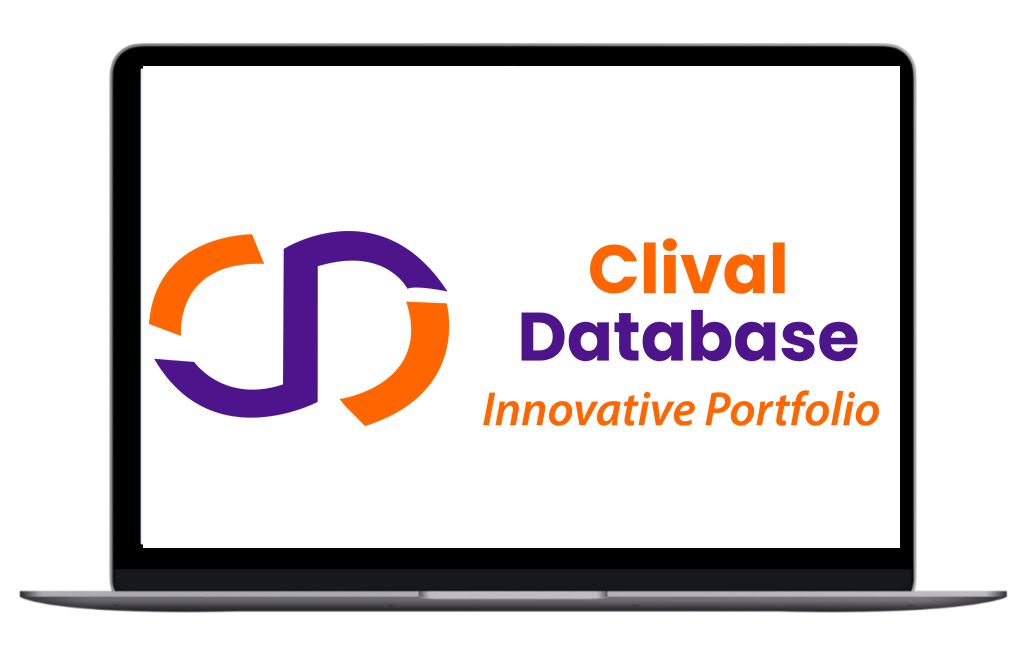
Optimize Your trial insights with Clival Database.
Are you exhausted from the uncertainty of trial insights pricing? Clival Database ensures the clarity in the midst of the global scenario for clinical trials to you.Clival Database is one of the best databases that offers an outstanding number of clinical trial data in terms of 50,000+ molecules and from primary regulatory markets as well as new entrants like Indian and Chinese markets.
With Clival, you get accurate positioning of historical sales data, patent database, company profiling, safety & efficacy, and prediction of launch of new innovative molecules helping you to align your research and driving down the cost.
To add value, we further break down our analytics for you so that improving your operational effectiveness; optimizing your clinical trials; and offering you accurate and high-quality data at lowest possible prices becomes possible.
Elevate your trial success rate with the cutting-edge insights from Clival database.
Check it out today and make more informed sourcing decisions! Learn More!

